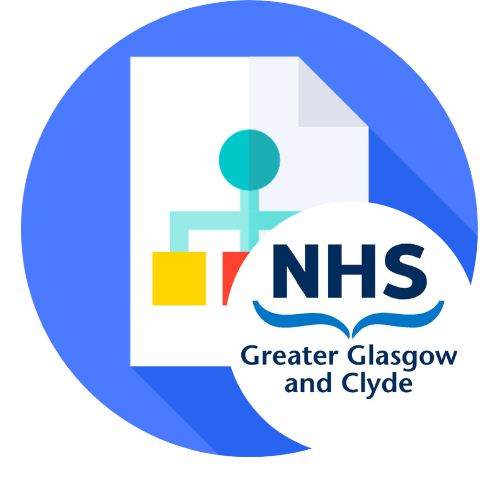Lower Uterine Caesarean Section (LUCS), Breech Delivery (342)

| Please report any inaccuracies or issues with this guideline using our online form |
Applicable unit policies:
- GTN Nitroglycerin for emergency cervico-uterine relaxation
- Breech Delivery – Management of Complications
- Breech Delivery - Vaginal Breech Delivery
Breech presentation is a common indication for Caesarean.
The mother has consented on the basis that this is a less traumatic method of delivery for the baby.
It is sometimes difficult to deliver the after-coming head (ACH) at caesarean section and to explain why this was the case to the parents. This is more common with patients with oligohydramnios.
The following minimise the risk and/ or manages the problem.
- Read the notes and gain maximum information about type of Breech (i.e. extended, flexed), placenta site, etc.
- Remember that the baby may be big as well as breech!
- Make an appropriate skin incision: err on a larger incision than you might make for a Cephalic presentation. The shape of the Head may be unusual (doliocephalic, brachycephalic)
- Remember that there is no point in making a large skin incision and then a narrower sheath incision! Make as much room as you can. Lateral incision of the peritoneum may help.
- Establish where the fetal back lies.
- Once the uterotomy is made, as the baby is being drawn down, get your assistant to follow the head with their hand: this encourages neck flexion and reduces chance of head extension.
- Once the body is delivered deliver the ACH in the manner described for vaginal delivery.
- If there is entrapment DO NOT PANIC. You are still in the optimal environment.
- Do NOT simply pull harder!!!
- Consider Wrigley’s Forceps to ACH if there is enough room and deliver as per vaginal breech instructions.
- Identify where the entrapment is:
- Skin: enlarge incision with care: a scalpel is best, pointing sharp edge away from baby.
- Sheath: digital extension if possible, Scissors before scalpel.
- Uterotomy: try digital extension. If not use scissors with aim to create a “J” to avoid damage to broad ligament vessels.
- Remember Forceps to ACH may now work.
- Consider GTN (see GTN link at top of guidelines)
- If all else fails, a vertical uterotomy (inverted T) may be necessary: beware the anterior placenta!
- Paired cord pH samples
- Document carefully.
- Explain to couple what happened. This is of particular importance if a uterotomy is extended and VBAC no longer a future option.
Unusual manoeuvres.
Internal podalic version (IPV) This may be necessary to deliver:
- a second twin at CS or at a vaginal birth
- if there is an immediate need to deliver baby.
- Tranverse lie caesarean section.
Documentation will inevitably be retrospective and must be clear.
Method of IPV
A fetal foot is identified by recognizing a heel through intact membranes. The foot is grasped and pulled gently and continuously lower into the birth canal (or through uterotomy at CS). The membranes are ruptured as late as possible. The baby is then delivered as an assisted breech or breech extraction with pelvi-femoral traction, Lovset’s manoeuvre to the shoulders if required and a controlled delivery of the head. This procedure is easiest when the transverse lie is with the back superior or posterior. If the back is inferior or if the limbs are not immediately palpable, do not panic, follow the curve of the back and down and round to find the leg. Confirm you have a foot before applying traction. This will minimise the risk of the unwelcome experience of bringing down a fetal hand and arm in the mistaken belief that it is a foot.
If ultrasound is immediately available to an experienced sonographer this may help identify where the limbs are.
A few seconds of calm consideration and accurate assessment will almost certainly result in an effective delivery manoeuvre.
